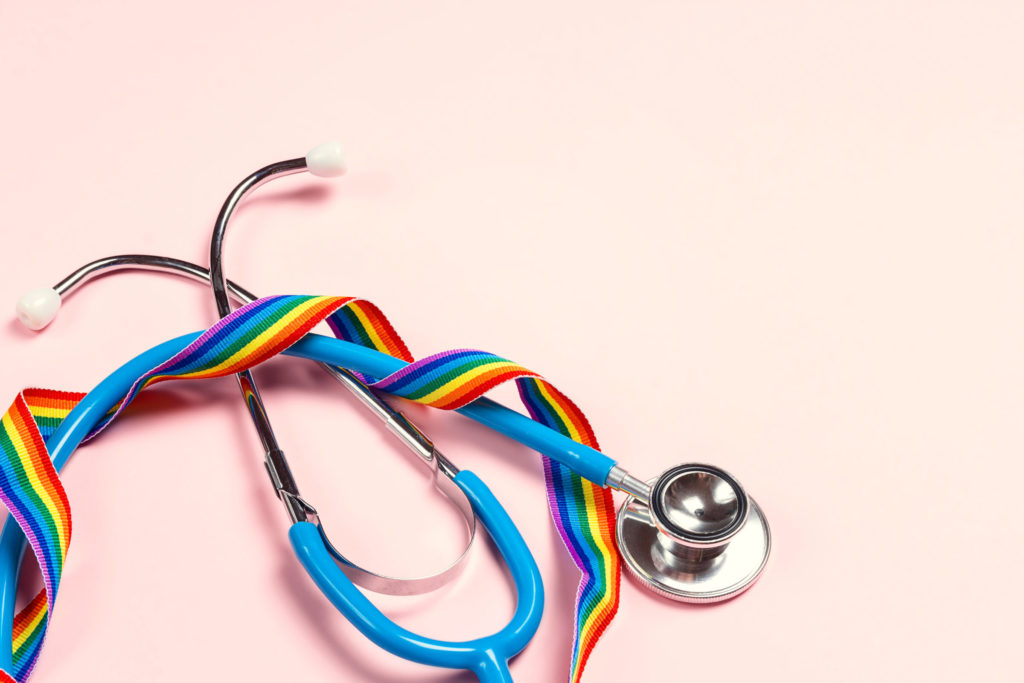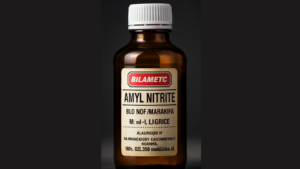With Contributions From Michael Pezzulo, LMFT
What Is LGBTQ-Affirmative Addiction Treatment?
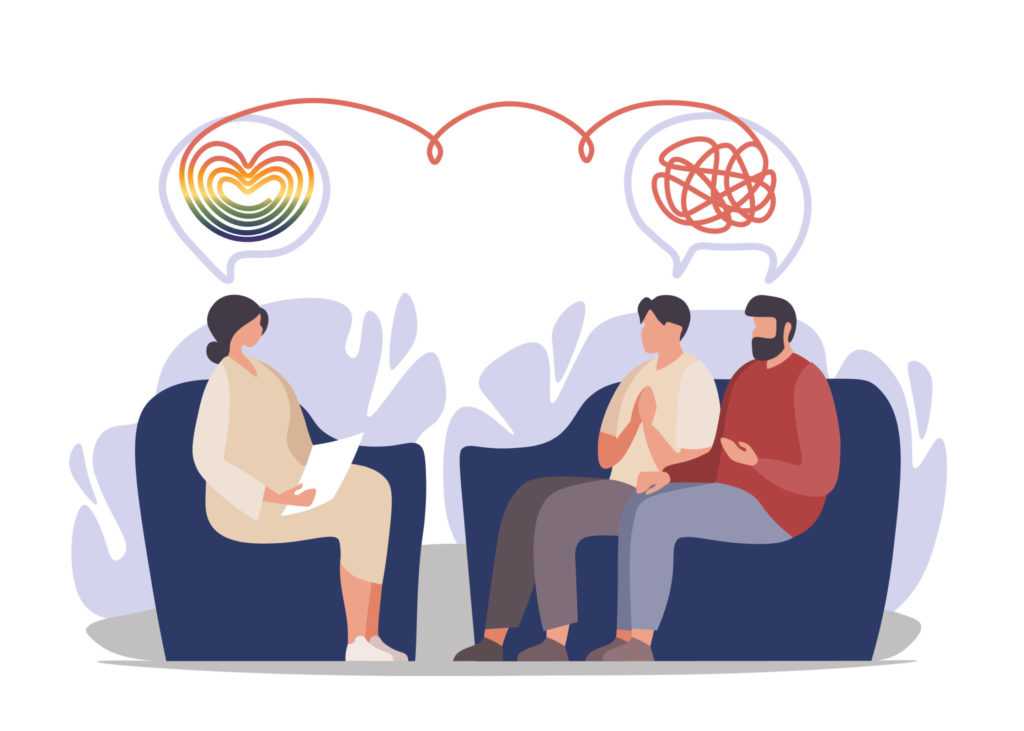
LGBTQ-affirmative addiction treatment addresses the unique needs of people who identify as lesbian, gay, bisexual, transgender, or queer/questioning. Instead of treating these individuals as outsiders, LGBTQ-affirmative treatment puts them at the center of substance abuse treatment.
In this article, we’ll cover a few ways clinicians can provide LGBTQ-affirmative addiction treatment including:
- Building an alliance with clients
- Educating about the psychological effects of being LGBTQ
- Actively supporting LGBTQ clients
Before exploring these topics, let’s look at the difference between LGBTQ-affirmative addiction treatment and LGBTQ-friendly addiction treatment.
What’s The Difference Between LGBTQ-Affirmative Treatment And LGBTQ-Friendly Treatment?
LGBTQ-affirmative treatment is dedicated to serving LGBTQ people suffering from substance abuse. These centers specialize in LGBTQ treatment. They are often staffed by people who are members of the LGBTQ community themselves. They understand the coming out process and the stages of sexual identity development. Moreover, they know how to incorporate these tools into the treatment setting.
On the other hand, there are quite a few addiction centers labeled “LGBTQ-friendly.” Each center is unique, but it’s fair that most don’t have the same knowledge of LGBTQ substance abuse and treatment.
Oftentimes LGBTQ people at these facilities find themselves mixed with the general population in group therapy sessions. Moreover, counselors at these centers may have some training in treating members of the LGBTQ community, but this is by no means their area of expertise.
For now, there are only a few LGBTQ-affirmative treatment centers in the United States. La Fuente Hollywood Treatment Center is one of only a few offering this kind of care.
Why Is LGBTQ-Affirmative Addiction Treatment Important?
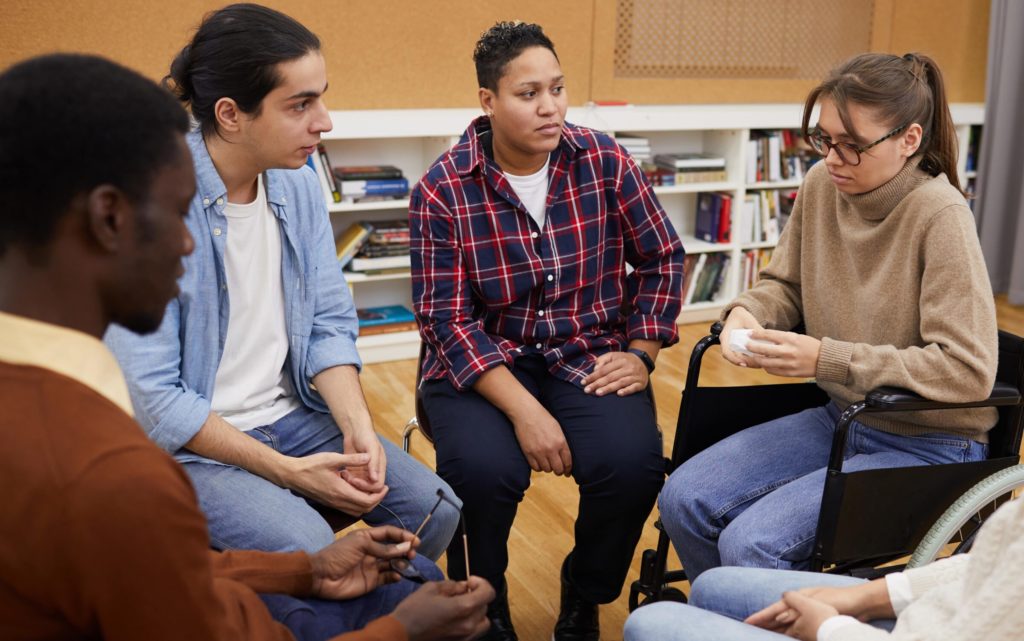
LGBTQ-affirmative addiction treatment is important because substance abuse in this community differs from that of the general population. It’s motivated by unique factors and requires a special skill set not found at traditional treatment centers.
For starters, research shows that LGBTQ people are more likely to experience substance abuse and mental health issues, as compared to heterosexual individuals.
Take a look at some of the findings:
- About 39% of LGBTQ adults admitted to using illicit drugs in the past year, compared to 17% of heterosexual adults.
- Self-identified gays and lesbians were more than twice as likely as heterosexuals to have an alcohol or tobacco use disorder classified as “severe.”
- Bisexual respondents were more than three times likelier to have a severe substance abuse disorder.
LGBTQ-affirmative treatment centers understand the complex factors behind these statistics. They know all LGBTQ people experience some degree of hostility, discrimination, and/or homophobia/bipohbia/transphobia at some point in their lives. What’s more, counselors understand that LGBTQ people start to internalize this persistent, negative messaging, leading many to experience a corrosive and insidious sense of shame.
Often it’s this sense of shame that either triggers a new substance abuse disorder or exacerbates an existing one. Counselors understand how crucial it is for LGBTQ people to address this shame as a part of their addiction recovery journey.
Keep reading to learn the key components of providing affirmative psychotherapy to LGBTQ clients in addiction recovery.

How Do Clinicians Create LGBTQ-Affirmative Addiction Treatment?
Build An Alliance

Without a doubt, this is the first task in all therapeutic treatment. In my experience as a therapist, I’ve noticed most interpretations and/or interventions fail before a client feels like they’ve developed some rapport with their therapist.
To combat this, therapists need to focus on building an alliance with their LGBTQ clients. Therapists are uniquely suited to this task because the therapeutic relationship, in and of itself, offers clients a type of interaction they’ve never experienced before. More simply, therapists must aim to make their LGBTQ clients feel seen and mirrored by an attuned other.
This is vital because most LGBTQ people lack adequate attunement during their upbringing. Those who are part of the community, myself included, were forced to hide or disown parts of ourselves in order to blend in and feel safe in a predominately heterosexual world.
Educate About The Psychological Impact Of Being LGBTQ
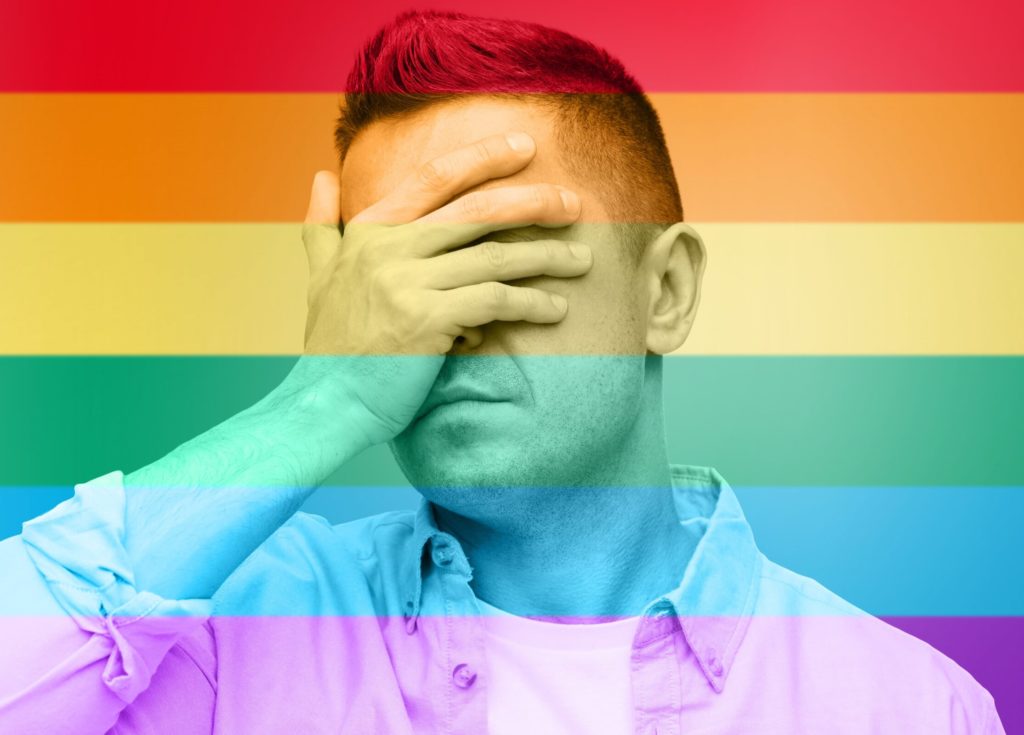
Very few people truly understand the psychological impact of being an LGBTQ person. As an example, many clients I’ve worked with have never heard the term internalized homophobia. It’s not surprising that they minimize the effect it has on their mental well-being.
Even clients who have been out for years or those who had a seamless coming out experience balk at the idea. They insist that they haven’t internalized any sort of traumatic experience as the result of being an LGBTQ person. But all LGBTQ people will take on some sense of shame about their identity. The only thing difference is how strong that sense of shame is.
That’s why it’s so crucial for therapists working with LGBTQ clients to help their clients examine fundamental identity issues that relate back to their substance abuse. Patients may need to explore their sexual orientation in order to understand why they abused drugs or alcohol in the first place.
Show Support For LGBTQ People
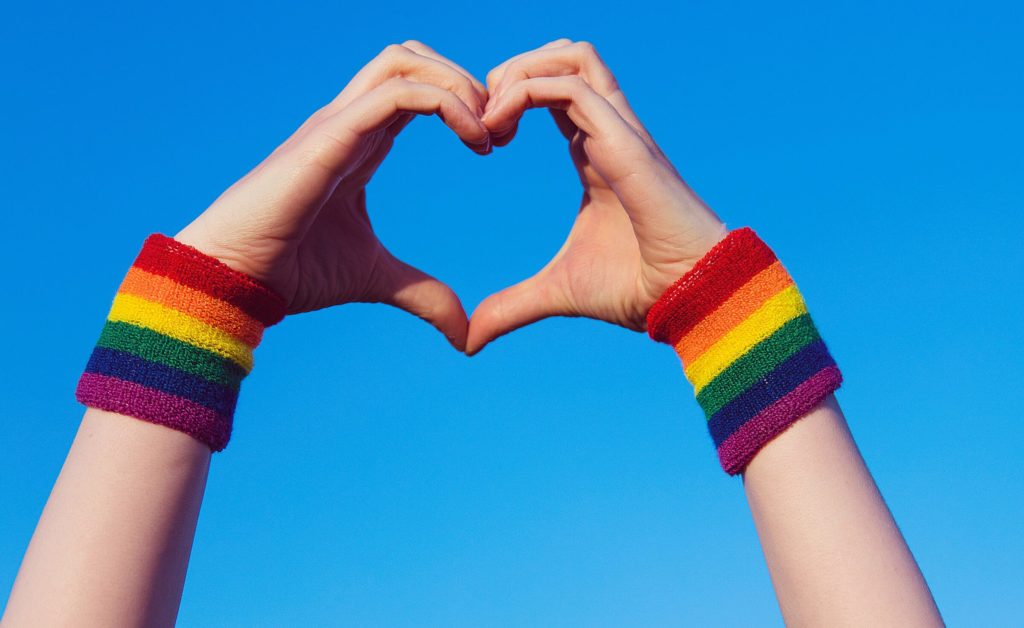
LGBTQ people move through the world hypervigilant. We note which spaces and people are safe and which aren’t. In many cases it’s “dangerous until proven safe.”
Clinicians must recognize that LGBTQ clients will likely bring that fear into addiction recovery treatment. It’s a fear that’s deeply embedded in many LGBTQ people and one that invaribly creeps into the therapeutic space.
Clinicians shouldn’t assume that clients will implicitly trust them or know that they’re safe. Clinicians must explicitly name where they stand. They have to affirm—rather than passively support—their LGBTQ clients’ identity.
Outside of the therapist’s office, it’s important for the treatment facility to have an understanding and an openness to issues concerning transgender clients. Having a basic understanding of why gender pronouns matter and offering gender-neutral bathroom facilities are both good places to start.
How La Fuente Provides Affirmative Treatment
While the addiction recovery community still has a lot of progress to make to better serve LGBTQ clients, it’s clear that there are more LGBTQ-friendly addiction treatment centers than ever before.
While we at La Fuente Hollywood praise other centers for dedicating more resources to help this community, we also acknowledge that many centers fall short in their attempts to provide relevant, informed addiction recovery services.
That’s not something you’ll experience at La Fuente Hollywood Treatment Center. More than an LGBTQ-friendly treatment center, we’re an LGBTQ-affirming treatment center. Many of our staff members are themselves part of the LGBTQ community. They’re perfectly positioned to provide the unique, specialized care LGBTQ clients require.
Moreover, we pride ourselves on keeping up to date with the latest research advances and therapeutic techniques. We never stand still when it comes to providing the best care possible to our LGBTQ community.
So if you or a loved one is struggling with substance abuse and is part of the LGBTQ community, we urge you to fill out the contact form below. We’re happy to answer your questions, address your concerns, and help you decide if LGBTQ-affirmative treatment is right for you.

[contact-form-7 id=”14454″ title=”Treatment Contact Form”]

